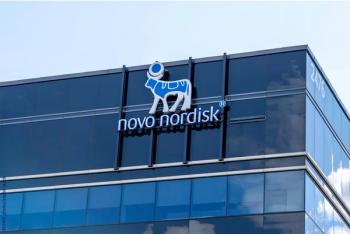
Renal Artery Stenosis
After suffering with a severe, disabling headache for 2 weeks, a 20-year-old soldier sought medical treatment. He had no significant medical history other than his 6-year history of smoking.
After suffering with a severe, disabling headache for 2 weeks, a 20-year-old soldier sought medical treatment. He had no significant medical history other than his 6-year history of smoking.
The examination revealed no infection or neurologic problems. The patient's blood pressure was 190/115 mm Hg. Femoral pulses were not decreased; no audible abdominal bruit was heard. There were no physical signs of hypercortisolism or hyperthyroidism and no history of flushing or other symptoms of pheochromocytoma. No retinopathy was observed. The laboratory work-up was negative for hypercalcemia, hyperglycemia, and hyperkalemia; urinalysis was normal.
The patient was admitted to the hospital; nifedipine was prescribed. Despite treatment, the blood pressure remained elevated (190/125 to 210/130 mm Hg). Renal arteriography revealed a normal right renal artery and a 50% to 60% concentric stenosis in the proximal third of the left renal artery (A), with a remarkable poststenotic peripheral dilatation (B). The patient was referred for angioplasty.
Drs N. Akritidis, H. Liappis, and G. Pappas of Ioannina, Greece, comment that renovascular hypertension is the most prevalent form of secondary hypertension, which also can be caused by renal parenchymal disease, primary hyperaldosteronism, hypercortisolism, hyperthyroidism, pheochromocytoma, and hyperparathyroidism.
Renovascular hypertension is induced by renal ischemia that activates the renin-angiotensin system. Stenosis is attributed to atherosclerotic lesions in older persons and to fibromuscular dysplasia in young adults. Treatment usually is invasive; the prognosis for younger patients is excellent; persons with atherosclerotic disease often suffer relapses. Balloon angioplasty is replacing surgical correction as the treatment of choice.
Consider renovascular hypertension in the differential diagnosis for all patients with secondary hypertension who are younger than age 30 years or whose elevated blood pressure remains unresponsive to drug therapy.
In this case, angioplasty was not performed. The soldier quit smoking and continues to take prescribed β-blockers. His arterial pressure is normal.
Newsletter
Enhance your clinical practice with the Patient Care newsletter, offering the latest evidence-based guidelines, diagnostic insights, and treatment strategies for primary care physicians.

















































































































































































































































































